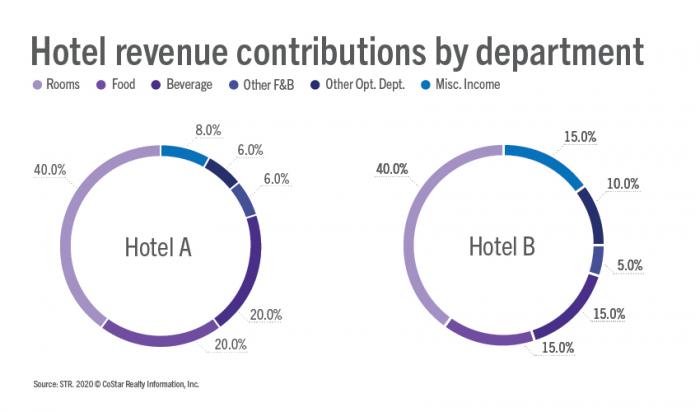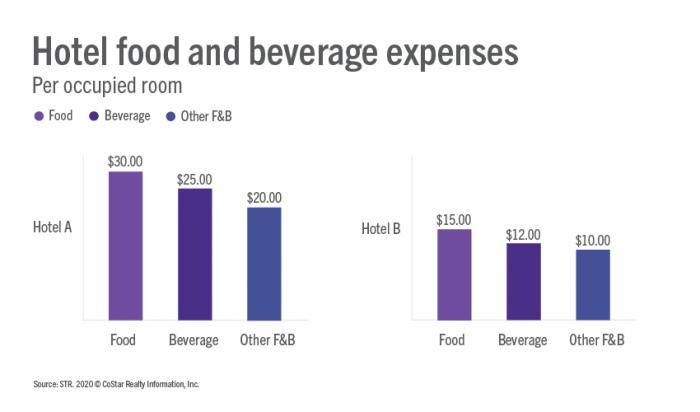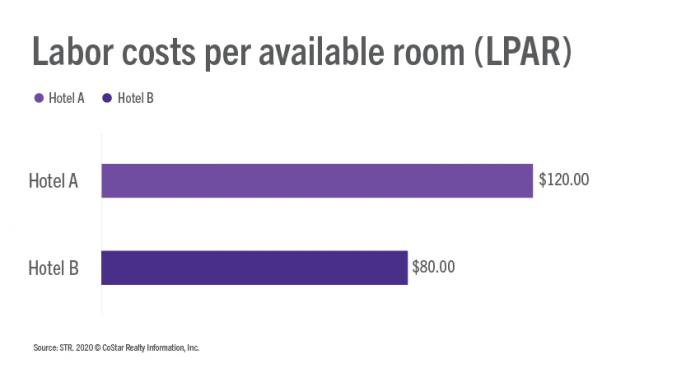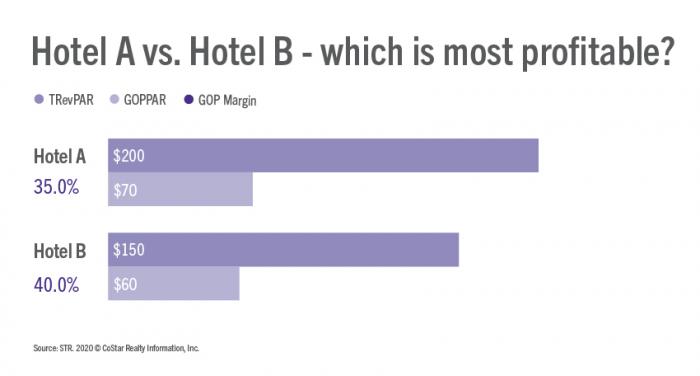
Understanding your hotel’s financial performance involves thorough analysis of your balance sheet and what is often called your income statement – more commonly referred to as your P&L statement.
NB: This is an article from STR
For many hoteliers, reading profit & loss statements can be challenging, but it’s a crucial step to knowing what affects overall profitability. Our Hotel P&L examples are designed to make the task a little less daunting. Because once you understand the relationship between income and expenses, and how various departments are performing over a given period, you can strategize more effectively.
Subscribe to our weekly newsletter and stay up to date
The top line items don’t tell the full story, rather, the best insights comes from the bottom line. Like with so many reports and data sets, context is king and is crucial to measure your bottom line performance against previous years and the competition. Hotels A and B are going to be our test subjects in these P&L examples.
*Examples based on Uniform System of Accounts for the Lodging Industry (USALI) 11th edition
Hotel revenue by department
P&L statements are broken down by department and, unsurprisingly, room revenues almost always account for the highest contribution – highlighted by our two example hotels below.
Room revenue accounts for an equal proportion in each hotel, but it’s when we analyze the contribution of other departments that we begin to better understand to revenue drivers of each hotel. Hotel A produces a greater proportion of revenue from its food and beverage (F&B) departments because it has several bars and restaurants on-site, while Hotel B only offers room service, and therefore drives less revenue from that department.

Hotel expenses by department
But if Hotel A has restaurants to run and B only offers room service, what does this mean for expenses and, more importantly, profitability?
As the chart below highlights, F&B costs account for a far higher amount of Hotel A’s expenses, as there will be increased labor expenses for waiting and kitchen staffs as well as higher costs of goods and F&B supplies. On the other hand, Hotel B’s expenses play a far less influential role in the overall expenses for the hotel with their room service-only model requiring a much smaller F&B operation. As we can see, the level of profitability is dependent on the relationship between revenue and expenses.

Hotel Labor costs
With guest experience vital to hoteliers, it is important that F&B outlets are adequately staffed and provide a high level of service. It is for this reason that F&B labor is more costly than other departments, with more staff required to ensure the hotel dining runs smoothly.
From a profitability perspective, fluctuating occupancy presents the challenge of balancing the number of staff in relation to guests. How well a hotel manages its labor per available room (LPAR) will have a significant impact on profitability. As the chart below demonstrates, Hotel B manages its LPAR more effectively.

Undistributed expenses
These non-client-facing departments do not directly contribute to revenue, but are vital in the sense that they support others. Undistributed expenses include departments like Marketing, Information & Telecommunication Systems (IT&S) and Property Operations and Maintenance, and play an interesting role in profitability.
Hotel A might be investing in technology and report higher IT&S expenses, while Hotel B’s spa facilities could be driving Property Operations and Maintenance costs. Analyzing profitability data provides hotels with an informed view of the influence of these expenses on overall revenue and the potential they offer to increase profitability.
Hotel A vs. B – how profitable are they?
As we’ve already discussed, Hotel B is more effective at managing its labor costs, and this enables it to convert revenue into profit more effectively. The image below shows that even though Hotel A has higher revenue, Hotel B has a superior gross operating profit (GOP) margin because of its powers of flow through.
The key here is having the context to know how the competition or market is performing. In isolation it would be difficult for Hotel B to understand whether its GOP margin is a cause for concern or celebration. The same applies to Hotel A, which might have been happy with its 35.0% GOP margin before the performance of the competition.







